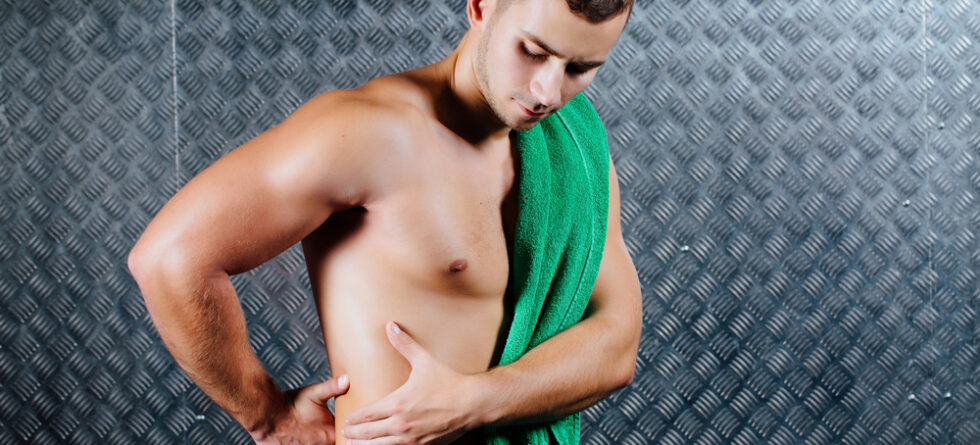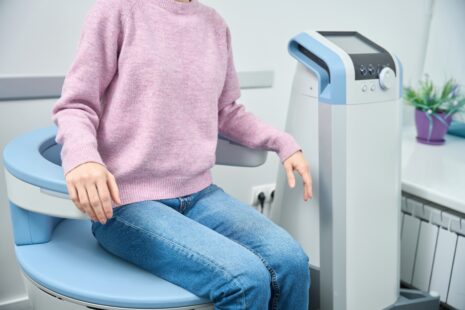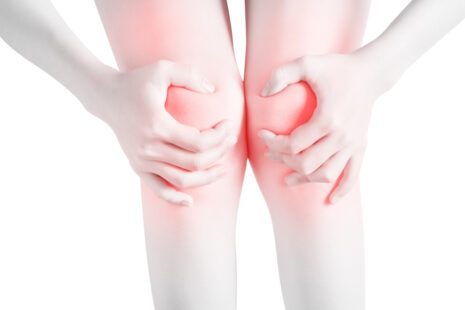Feeling soreness and discomfort after practicing Jiu-jitsu is common, especially for beginners or after intense training sessions.
Several factors contribute to muscle soreness and body aches after Jiu-jitsu…
- Muscle Fatigue – Jiu-jitsu involves using a wide range of muscles throughout the body, including those in the arms, legs, core, and back. Intense grappling, takedowns, and positional drills can lead to muscle fatigue and soreness, particularly in muscles that are not accustomed to the specific movements and demands of Jiu-jitsu.
- Microtrauma to Muscles – The dynamic and physically demanding nature of Jiu-jitsu can result in microtears and trauma to muscle fibers, especially during resistance training, sparring, and rolling sessions. This microtrauma triggers an inflammatory response in the body, leading to muscle soreness and stiffness in the hours and days following training.
- Increased Blood Flow – Engaging in intense physical activity, such as Jiu-jitsu, increases blood flow to the muscles, which helps deliver oxygen and nutrients to the tissues and removes metabolic waste products. This increased blood flow can contribute to a sensation of warmth and soreness in the muscles after training.
- Lactic Acid Build-Up – During vigorous exercise, the body produces lactic acid as a byproduct of anaerobic metabolism. Accumulation of lactic acid in the muscles can contribute to muscle fatigue, soreness, and a burning sensation during and after training sessions.
- Joint Stress and Strain – Jiu-jitsu involves a significant amount of joint manipulation, twisting, and pressure, which can place stress and strain on the joints, ligaments, and tendons. This can lead to joint soreness, stiffness, and discomfort, particularly in areas such as the shoulders, elbows, knees, and hips.
- Dehydration and Electrolyte Imbalance – Inadequate hydration and electrolyte imbalance can exacerbate muscle soreness and cramping after intense physical activity, including Jiu-jitsu. It’s essential to stay hydrated before, during, and after training sessions and replenish electrolytes lost through sweat to support muscle function and recovery.
- Delayed Onset Muscle Soreness (DOMS) – Delayed onset muscle soreness is a common phenomenon that occurs 24 to 48 hours after strenuous exercise, including Jiu-jitsu. DOMS is characterized by muscle stiffness, tenderness, and soreness, typically peaking within 48 hours and resolving within a few days.
While muscle soreness and discomfort after Jiu-jitsu are normal and expected, there are several strategies you can use to help alleviate symptoms and support recovery…
- Active Recovery – Engage in light physical activity, such as walking, swimming, or gentle stretching, to promote blood flow and loosen tight muscles without causing further strain.
- Hydration and Nutrition – Drink plenty of water to stay hydrated and replenish electrolytes lost through sweat. Eat a balanced diet rich in protein, carbohydrates, and healthy fats to support muscle repair and recovery.
- Rest and Recovery – Allow your body adequate time to rest and recover between Jiu-jitsu training sessions to prevent overtraining and reduce the risk of injury. Get plenty of sleep to support muscle repair and regeneration.
- Foam Rolling and Massage – Use a foam roller or massage ball to target tight muscles and trigger points, releasing tension and promoting circulation. Massage therapy can help alleviate muscle soreness and improve range of motion.
- Warm-Up and Cool Down – Prioritize proper warm-up and cool-down routines before and after Jiu-jitsu training sessions to prepare the body for exercise and facilitate recovery. Incorporate dynamic stretches, mobility drills, and self-myofascial release techniques into your warm-up and cool-down routines.
If you experience persistent or severe pain, swelling, or joint instability after Jiu-jitsu training, it’s essential to consult with a healthcare professional, such as a doctor or physical therapist, for a thorough evaluation and appropriate treatment recommendations. These symptoms may indicate an underlying injury or condition that requires medical attention and intervention.




